Are you feeling hungry? Because Illume will be bringing you another article about cuisine from throughout the world. Today, we’ll visit Thailand, a destination known not just for its rich culture, but also for its colorful and flavorful cuisine. Continue reading to learn about the health benefits and nutritional value of Thai cuisine.

Thai food is popular in the United States, but you may be wondering if it is nutritious.
Thai food is one of the best-tasting and healthiest cuisines in the world. Thai cuisine is more tasty and mouth-watering because of its exotic taste, fresh and organic ingredients, and cooking methods. Though Thai cuisine has a distinct flavor and texture that might captivate foodies, it is also high in vitamins and minerals.
Thailand’s traditional cuisine consists of colorful vegetables, seafood, and meats eaten with rice or noodles and seasoned with herbs and spices such as turmeric, galangal, Thai basil, and lemongrass.
This article discusses the potential health benefits of authentic ingredients and dishes in Thailand.
Common nutritious ingredients make Thai cuisine healthy
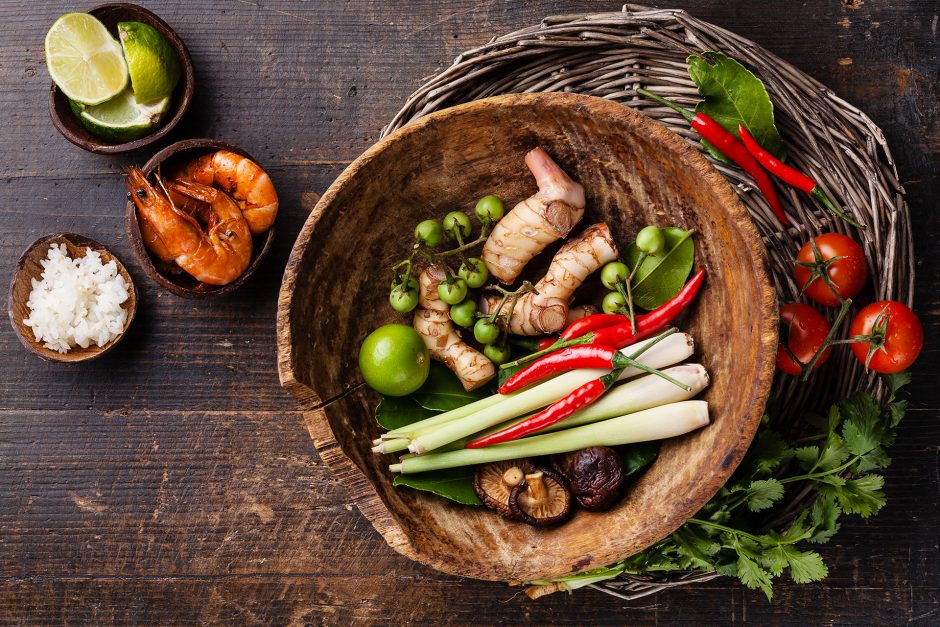
Thai cuisine is well-known for its focus on herbs and spices, many of which have been researched for their medicinal properties.
Other traditional Thai ingredients with high nutritional profiles are tofu, seafood, and bean sprouts.
Here are some of the most often used Thai ingredients, along with nutritional information and potential health benefits.
Galangal (Thai ginger)
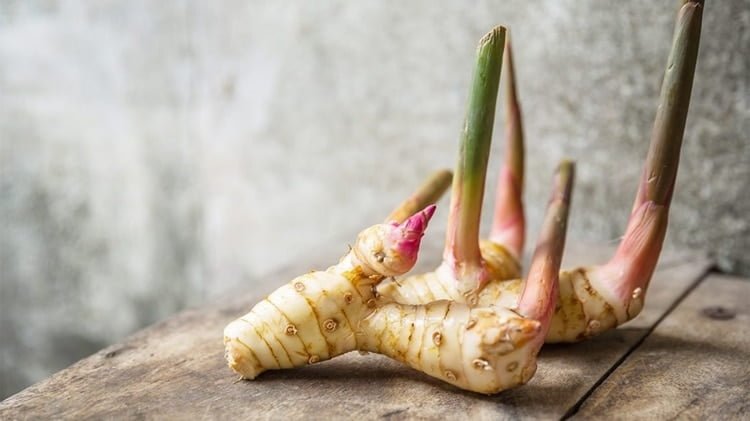
Galangal, which looks and tastes like ginger and turmeric roots, is commonly used in sauces, curry pastes, and dishes like tom yum soup. According to in vitro research, its root contains substances that may eliminate cancer cells. Other research shows that galangal may also help alleviate inflammation and reduce pain.
Holy basil

This herb tastes similar to other basil types but has a licorice undertone. It’s commonly found in curries, fried rice, and stir-fries. According to research, holy basil oils and extracts may help with stress management, prevent high blood sugar in diabetics, and have other therapeutic properties.
Turmeric

Turmeric adds color to curries and may provide health advantages due to its major active component curcumin. Curcumin, in particular, may have potent anti-inflammatory properties as well as improve brain function and cell formation. Other compounds in turmeric appear to have the ability to protect against diabetes and heart disease, but this attribute still needs additional research.
Lemongrass
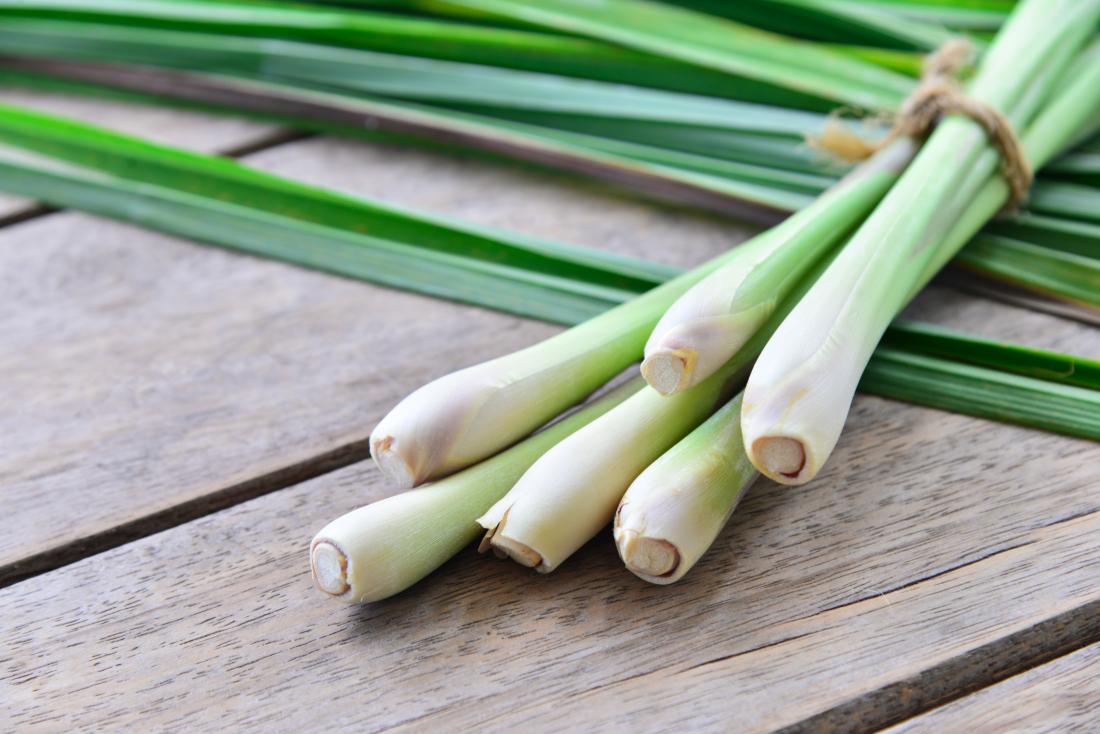
Lemongrass provides a fresh, citrus flavor to Thai dishes while also potentially improving your health. Lemongrass essential oil may help guard against stomach ulcers and lower high blood cholesterol levels – a risk factor for heart disease, according to rodent experiments.
Coconut milk
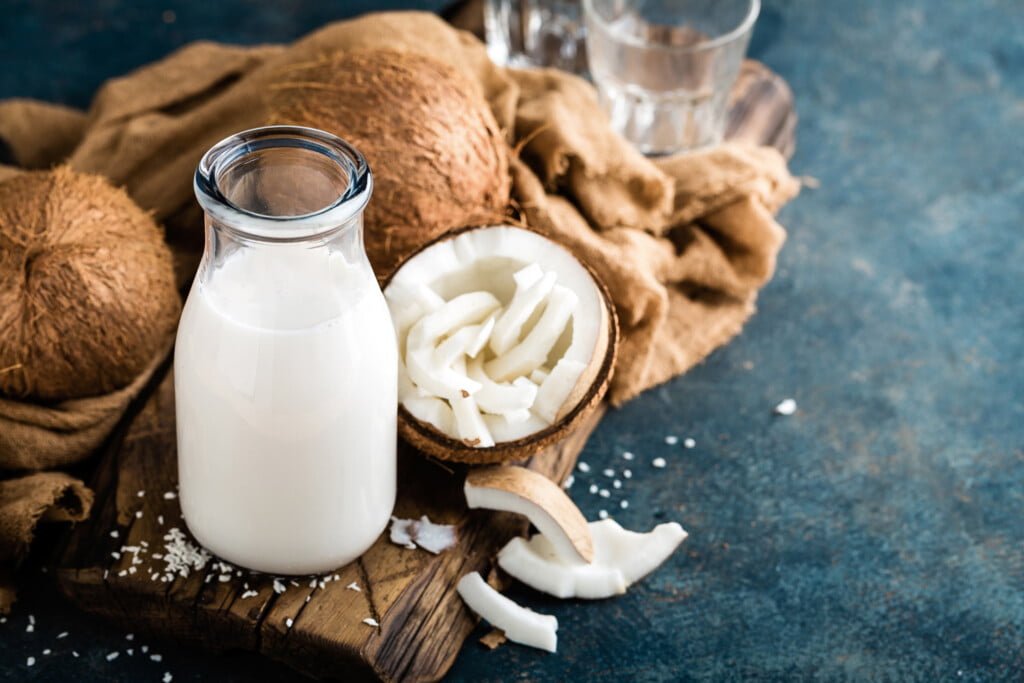
Thai curries and soups often use coconut milk. While the health benefits of coconut are generally debated due to its high saturated fat content, coconut milk may offer some benefits. A study among 60 healthy Asian adults revealed that eating porridge prepared with coconut milk 5 days a week for 8 weeks dramatically reduced LDL (bad) cholesterol while increasing HDL (good) cholesterol. However, these results may not be applicable to Western countries.
Bean sprouts
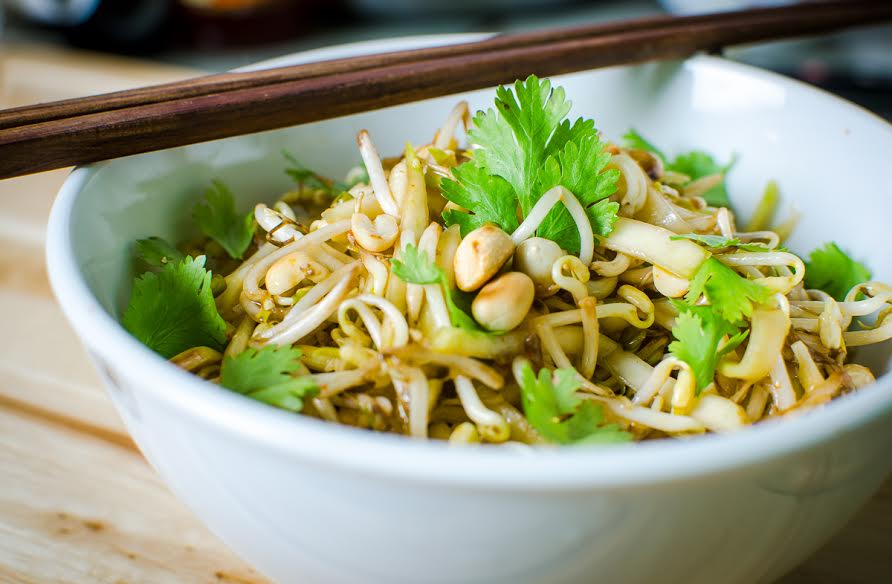
Soups, stir-fries, and pad Thais all include mung bean sprouts. They’re high in vitamins and minerals, with 1 cup (104 grams) providing more than 30% of the Daily Value (DV) for vitamin K and 15% of the DV for vitamin C. Vitamin K is essential for better blood clotting, whereas vitamin C is required for collagen formation, a strong immune system, and healthy skin.
Chili peppers (Thai chilies)
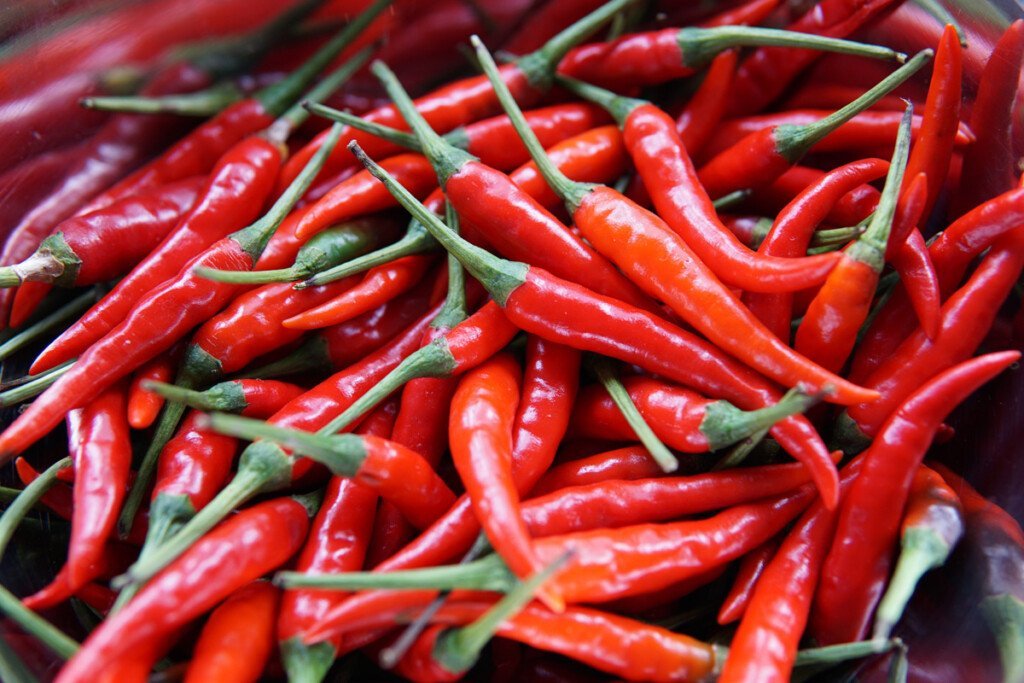
Fresh and dried chilies are used to add spice and flavor to many Thai recipes. Chili peppers contain a number of plant compounds that may have health benefits, including capsaicin, which gives them their spicy flavor, and the pigment capsanthin, which gives red peppers their color. Some study suggests that eating spicy meals containing capsaicin improves fat burning and reduces cravings, although the evidence is still questionable.
Papaya
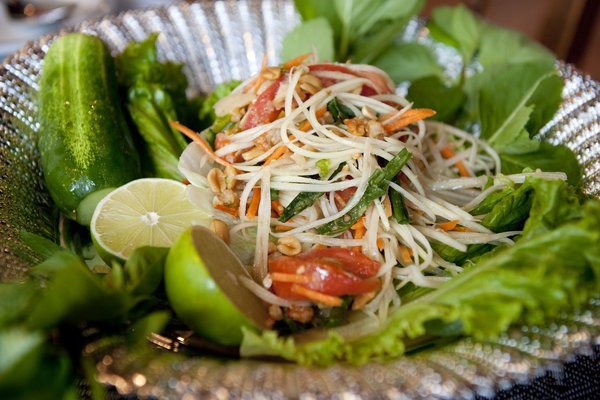
A popular Thai cuisine is green papaya salad. Papaya contains antioxidants such as lycopene, which helps neutralize reactive cell-damaging molecules known as free radicals. Lycopene may have anticancer properties as well as protect the skin from aging and damage.
Tofu
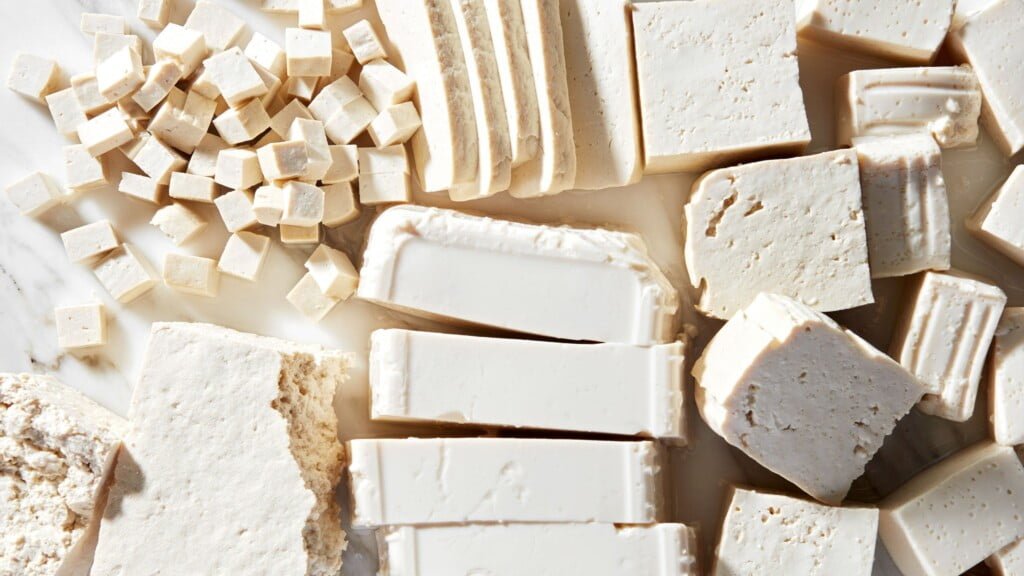
Tofu, which is frequently used in pad Thai and other dishes, includes isoflavones, which work in the body in a manner similar to the hormone estrogen. Isoflavones have been shown to enhance blood sugar regulation and lower the risk of diabetes. Massive research of over 40,000 Chinese people showed that consuming unsweetened soy dishes at least once a month for 5 years was related to a lower risk of type 2 diabetes.
Seafood
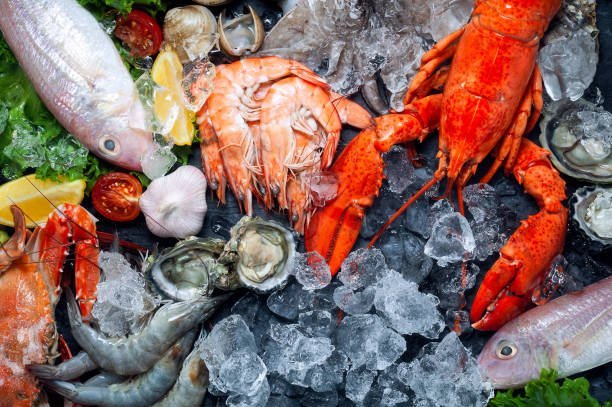
Shrimp, prawns, white fish, and other shellfish are commonly used in Thai cuisine. Seafood is a great source of lean protein, as well as vitamins, minerals, and omega-3 fats. A regular seafood diet has been associated with a decreased risk of heart disease and type 2 diabetes in research.
Thai dishes also have great health benefits
Several of the most authentic Thai ingredients are nutritious on their own, but there are additional health-promoting features of Thai cuisine in general.
Thai dishes, for example, frequently have a healthy mix of macronutrients – protein, fats, and carbs.
Curries, stir-fries, and soups feature a range of vegetables, a protein source such as tofu, lean meat, or seafood, and coconut milk, peanut sauces, or other fat.
Non-starchy vegetables such as peppers, tomatoes, cabbage, broccoli, carrots, and onions are the most often featured in Thai cuisine. These vegetables are high in fiber, vitamins, minerals, and a range of elements that aid digestion and overall health.
Eating meals rich in non-starchy vegetables, as well as protein and fat, can help you maintain stable blood sugar levels throughout the day. This, in turn, leads to increased energy and may help with weight management.

